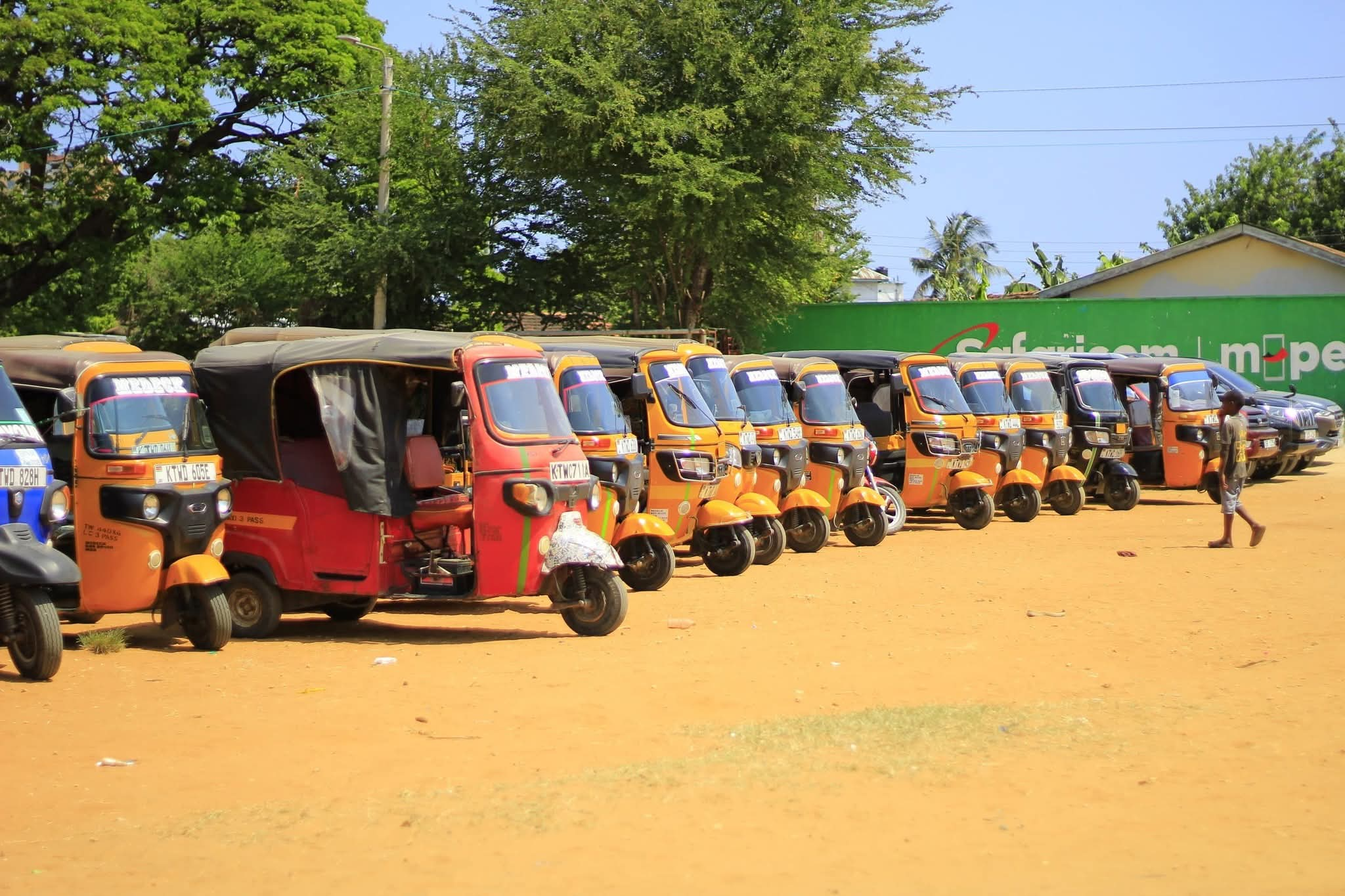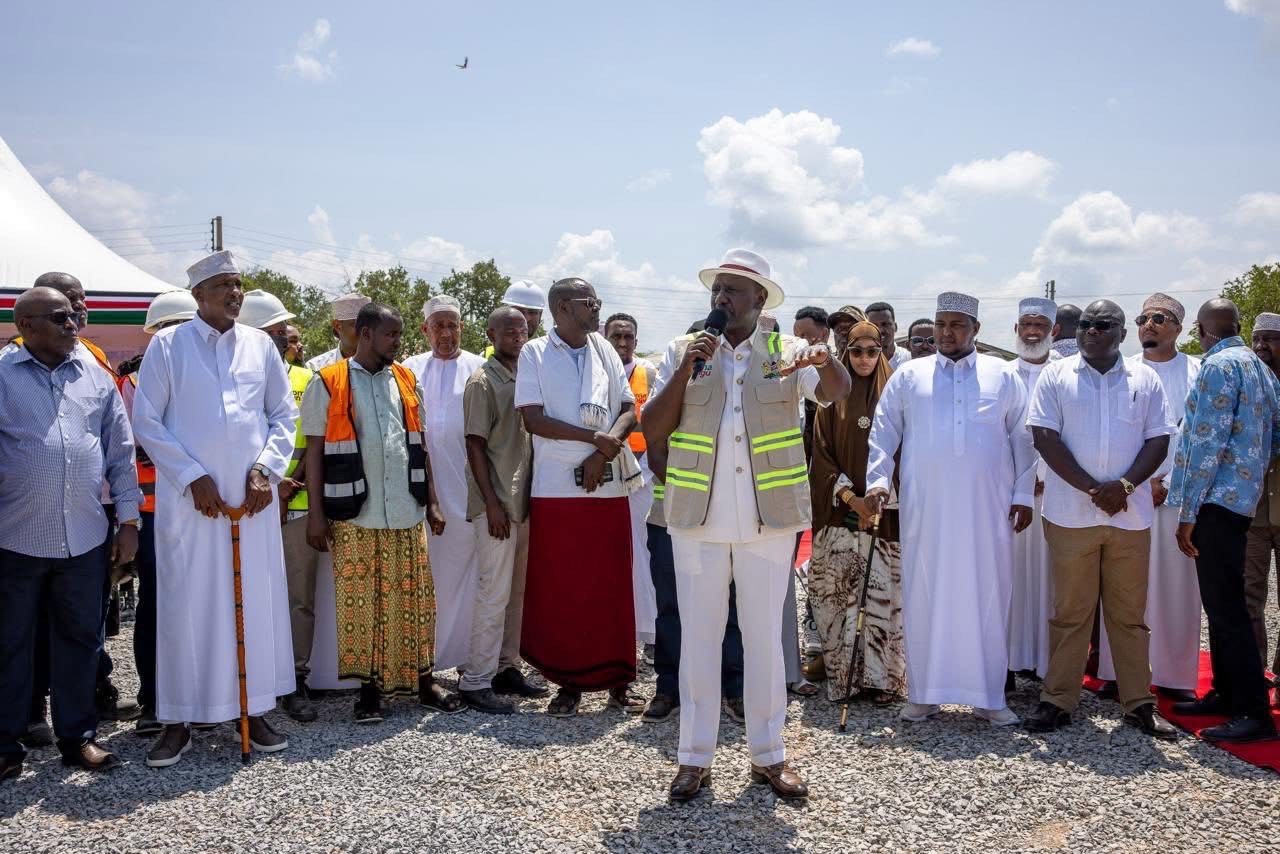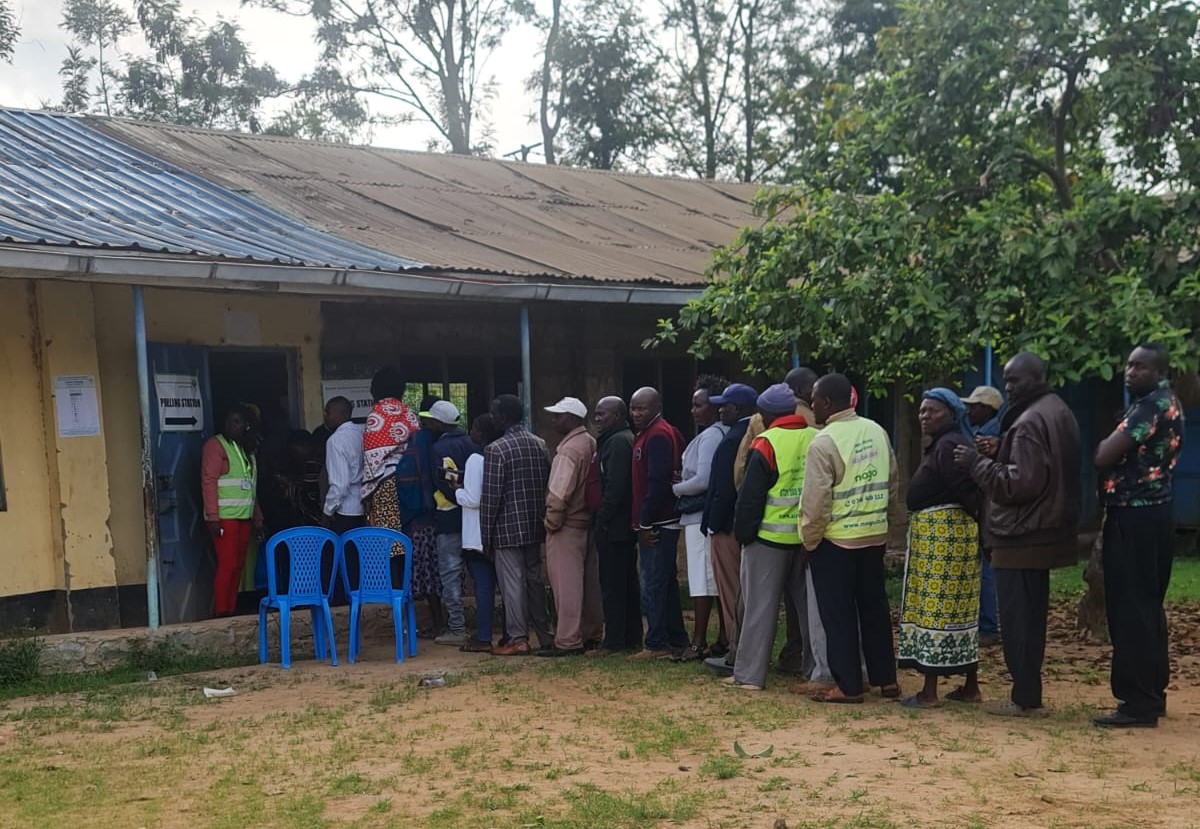Kenya, Tanzania step up push for region's first transboundary marine Ramsar site

Dr Omondi emphasised that the site’s creation would not displace residents or interfere with their daily economic activities, noting instead that it was designed to attract investment and promote sustainable tourism.
Momentum is gathering behind an ambitious plan to ratify Kenya and Tanzania’s first transboundary marine Ramsar site, with the Wildlife Research Training Institute (WRTI) taking the lead in the multi-agency effort.
The proposed conservation area, identified as the Msambweni–Vanga circuit, would stretch from Kwale County on Kenya’s south coast into northern Tanzania, covering a total of 716 square kilometres of interconnected land and marine habitats.
More To Read
- Lamu’s blue economy poised to soar as Kenya seeks bids for Sh2.5 million fishing boats
- Experts converge in Mombasa to tackle marine pollution, boost blue economy
- Global marine experts convene in Mombasa to tackle overfishing, pollution, climate threats
- Kenya-Tanzania border communities demand leaders prioritise harmony
- New concrete ladder brings safety, efficiency in boat docking in Lamu’s Shanga village
- KWS launches tech-driven monitoring project to safeguard marine life at the Coast
Once listed, it will mark a significant milestone in the East African region’s cross-border environmental cooperation.
WRTI Chief Executive Officer Dr Patrick Omondi joined Kenya Wildlife Service (KWS) Senior Assistant Director for the Coast Region, Elema Habicha, in launching a series of stakeholder engagement forums in Kwale.
The consultations involve the county government, local leaders, community groups, and conservation partners in mapping additional areas for inclusion within the Ramsar boundary.
Dr Omondi emphasised that the site’s creation would not displace residents or interfere with their daily economic activities, noting instead that it was designed to attract investment and promote sustainable tourism.
“For a site to gain Ramsar recognition, we must compile detailed scientific data, map its boundaries, identify its ecological value, and bring together all stakeholders to agree on long-term management,” he explained.
“This is the first sea-land Ramsar site in the region to cross an international border, and it will showcase Kwale County to the world while allowing communities to continue their livelihoods without restriction.”
He praised the teams that had helped identify the Msambweni–Vanga site, pledging WRTI’s commitment to ensure it is formally ratified and listed under the Ramsar Convention.
Habicha, speaking on behalf of Forestry Principal Secretary Gitonga Mugambi, called for the establishment of a sustainable funding mechanism to guarantee ongoing conservation work, scientific research, and equitable benefit-sharing with local residents.
“The designation will not only boost the site’s international standing but also open avenues for eco-tourism, climate resilience projects, and stronger wildlife protection,” she said.
“We must work together with government agencies, research institutions, the private sector, and donors in a coordinated and inclusive way to implement Ramsar requirements and ensure communities benefit directly.”
The push for this transboundary site comes at a sensitive time for coastal conservation efforts in Kwale.
Some residents in Msambweni have voiced opposition to the existing Diani–Marine conservation area, vowing to lobby for its degazettement.
This has heightened the importance of early and transparent engagement in the Ramsar process to address concerns and secure community backing.
If approved, the Msambweni–Vanga Ramsar site will become a flagship example of Kenya and Tanzania’s commitment to cross-border environmental stewardship, combining biodiversity protection with sustainable development goals.
Top Stories Today













































